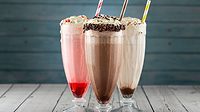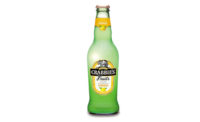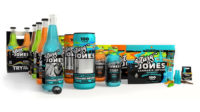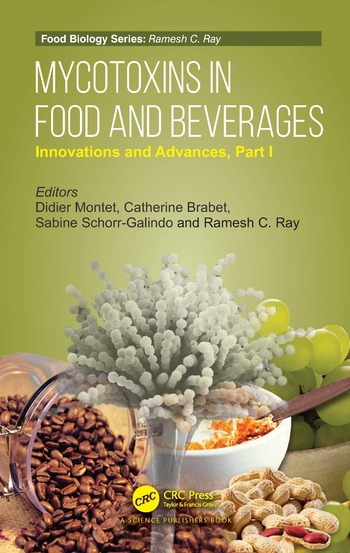Throughout the world, coffee is consumed for its caffeinated benefits, for its social connotations and because it offers rich and delicious flavors. While the reasons for drinking coffee have remained the same through the years, coffee itself has experienced quite an evolution. Today, consumers enjoy their blends bottled, canned, decaffeinated, instant or even in their favorite dessert.
Flavorful and convenient
The versatility of coffee has helped the category grow during the past several years.
“Coffee has transformed to become more than a ‘cup of coffee,’” says Walter Crawley, director of business development and marketing for Kerry Ingredients & Flavours, Beloit, Wis. “Instead, the category has evolved into ‘coffee beverages.’ These come hot, iced or frozen. A great example is Starbucks — they sell more coffee beverages than they do traditional cups of coffee.”
Coffee and coffee beverages have gained popularity in the last decade for their ability to be customized. “Applications for coffee-flavored extracts have expanded the category,” explains Kim Cipriano, director of marketing for Autocrat LLC, Lincoln, R.I. “Customization of coffee beverages allows customers to decide which blend, flavor and additives they want in order to make their blend truly unique.”
Coffee also has become a popular ingredient. While coffee as a flavor-enhancer is not a new concept, the types of items that contain coffee have become more decadent.
“Consumers want coffee or coffee flavors in their ice cream, yogurt, soy beverages, iced cappuccinos, energy drinks, candy, snack bars and alcohol products,” Cipriano explains.
In addition to customized flavor profiles, coffee drinkers also want customized convenience. During the past five years, ready-to-drink (RTD) coffee beverages have gained a substantial hold in the industry. “The RTD coffee market is estimated to be more than $1 billion,” Cipriano adds. “This segment has experienced double-digit growth, which is projected to continue.”
A close cousin to the RTD coffee drink is the single-serve coffee offering. As Cipriano explains, this segment also is predicted to increase in consumer popularity. “If you look at the success of the Starbucks Via Ready Brew, it’s easy to see that single-serve coffee will continue to take market share from traditional home brew as it gives consumers options, convenience and less waste.”
Combining the concepts of customized, RTD and single-serve is the phenomenon of iced coffee. The drink can be found in channels such as gas stations and convenience stores, fast food chains and coffee shops. Beverage manufacturers have identified the appeal of iced coffee through the years with grocery aisles and display coolers across the country offering customers unique — and convenient — blends.
“Since coffee is and always will be a staple beverage for consumers, there has been a major swing to expand beverage lines to include an iced coffee offering,” explains Jeffrey Craig, director of business development at Sethness Greenleaf Inc., Chicago. “These lines include flavored and non-flavored varieties.”
The increased presence of iced coffee reveals that some underlying trends are here to stay in the coffee category. According to Crawley, the trend toward customization will help to maintain yearly growth of the coffee category.
“As consumers are able to obtain their favorite beverage the way they want it and when they want it, coffee consumption will only increase,” he says. “And, as the consumption of coffee increases, so will its expansion as an ingredient into other categories.”
Reading the grounds
“The coffee industry has come a very long way from the days of ‘Would you like cream or sugar with that?’” Craig points out.
From new flavors to new formats, the coffee industry is awake and strong. Although the past year has brought steep price increases for coffee beans, consumers are not flinching when it comes to coffee beverages. “Like oil and gas, coffee is one of those commodities that consumers find a way to pay for,” Crawley notes. “They purchase coffee mostly at the expense of other indulgent purchases.”
According to a 2010 report from Newswire Today, the current U.S. coffee and RTD coffee market is worth $48 billion with sales expected to increase 23 percent by 2014 to reach $59 billion. “I expect to see continued increase in away-from-home and in-home coffee consumption,” Crawley notes. “This consumption increase will be fueled by both continued product innovation and improved single-serve formats and more advanced coffee-making equipment.”
As Cipriano explains, excitement in the category for the unknown is growing. Coffee has evolved during the decades based on consumer demands for flavors and convenience. “Coffee is enjoyed in one variation or another throughout the world,” Cipriano says. “As far as flavors go, we will continue to experiment, experiment and experiment. And we can’t wait to see where the next exciting opportunities lie for coffee.” BI








